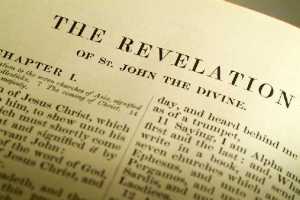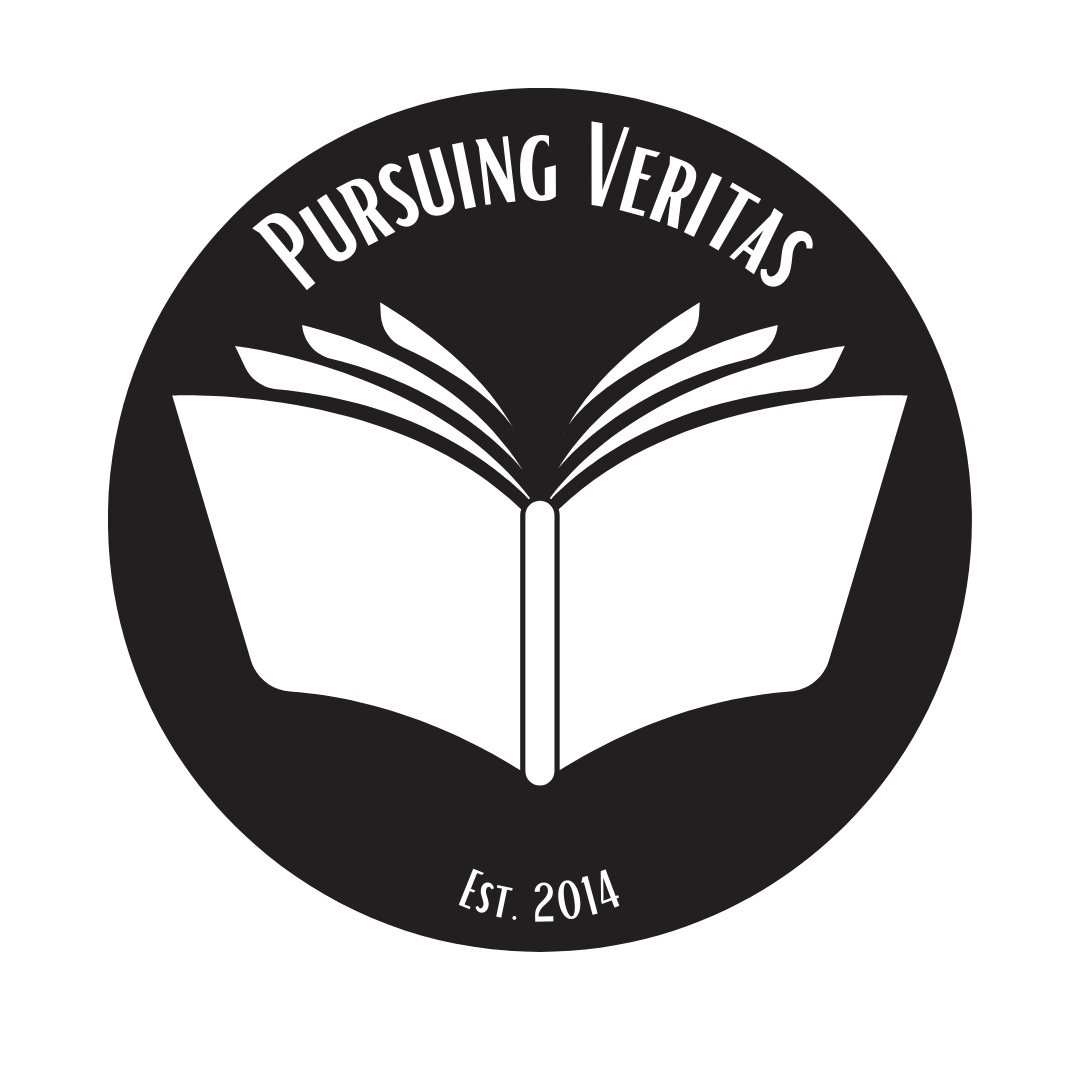This post is part of an ongoing series examining the Christology of the Apocalypse of John.
 Consideration of additional hymnic evidence in Revelation confirms the appropriateness of Jesus’ worship alongside God. While Revelation’s hymns are sometimes less directly Christological than Paul’s adaptations and sometimes are argued to be literary transformation of Ephesian liturgical hymns,[1] the hymns of Revelation 4:8, 11; 5:9–13; 7:9–17; 11:15–18; and 19:1–8 each contribute to John’s recording eschatological songs of praise and the contrast between Jesus and the Imperial Cult.[2]
Consideration of additional hymnic evidence in Revelation confirms the appropriateness of Jesus’ worship alongside God. While Revelation’s hymns are sometimes less directly Christological than Paul’s adaptations and sometimes are argued to be literary transformation of Ephesian liturgical hymns,[1] the hymns of Revelation 4:8, 11; 5:9–13; 7:9–17; 11:15–18; and 19:1–8 each contribute to John’s recording eschatological songs of praise and the contrast between Jesus and the Imperial Cult.[2]
The climax of the throne vision (15:13) shows that the worship of these hymns expands beyond heaven to encompass the whole of creation, which revere God and Lamb with the universal doxology of the new heavens and new earth (21:22; 22:1). Importantly, the worship given to Jesus never replaces the worship of God, but rather Jesus devotion is joined to Yahweh devotion, as in Revelation 7:10; 11:15; 14:4; 20:6; 21:22–23; 22:1–5. In the words of Bauckham, here “Christ cannot be an alternative object of worship alongside God, but shares in the glory due to God.”[3] Accordingly, the Lamb (“the historical Jesus who died and is alive forevermore”) is given the highest devotion—receiving worship on terms equal with God, with language typically reserved for God—evidencing christologically rich devotional practice.[4]
 What does it mean that, in a context where worship was fitting for Yahweh Almighty alone, Jesus is worshipped alongside God with language and devotional practices typically reserved for God? First, as noted above, the issue of worship plays too prominent a role in Revelation for the juxtaposition of Revelation 5:8–12, 19:10, and 22:8–9 to be anything but intentional. Thus, it seems that the “worship of Jesus must be understood as indicating the inclusion of Jesus in the being of the one God defined by monotheistic worship.”[5] Jesus does not exist as some deity foreign to the person and life of Yahweh; instead, his divine significance becomes characterized by his coordination and identity with the one God.
What does it mean that, in a context where worship was fitting for Yahweh Almighty alone, Jesus is worshipped alongside God with language and devotional practices typically reserved for God? First, as noted above, the issue of worship plays too prominent a role in Revelation for the juxtaposition of Revelation 5:8–12, 19:10, and 22:8–9 to be anything but intentional. Thus, it seems that the “worship of Jesus must be understood as indicating the inclusion of Jesus in the being of the one God defined by monotheistic worship.”[5] Jesus does not exist as some deity foreign to the person and life of Yahweh; instead, his divine significance becomes characterized by his coordination and identity with the one God.
Second, although Jesus is included as a co–recipient of devotion, he does not displace God.[6] That is, worship of Jesus does not replace worship of Yahweh, suggesting some level of continuity with earlier expressions of Jewish devotion to Yahweh. The formula seems to be “Yahweh and Jesus” not “Jesus > Yahweh.” Indeed, Jesus and Yahweh stand on one side of reality, opposed by the antithetical worship of the beast. Third, despite the fact that Jesus is identified alongside God, John remained hesitant to employ language of plurality, as if he were setting Jesus as another deity alongside Yahweh.[7] For example, John employs a singular verb in 11:15 and singular pronouns in 6:17 and 22:3–4.[8] This suggests that John “places Christ on the divine side of the distinction between God and creation, but he wishes to avoid ways of speaking which sound to him polytheistic”, reinforcing his commitment to monotheism.[9]
[1] On the relationship between the hymns of Revelation, hymns of Paul, and Lucan canticles, see David R. Carnegie, “Worthy is the Lamb: The Hymns in Revelation,” in Christ the Lord: Studies in Christology presented to Donald Guthrie, ed. H.H. Rowdon (Downers Grove, I.L.: Inter–Varsity Press, 1982), 243, 246–7. It has sometimes been claimed that the hymns of Rev. 4:8b and 11:17f represent literary adaptations of liturgical hymns similar to those found in 1 Clement 34:6 and Didache 10:4; 9:2f; 10:2. However, the lack of poetic verbal parallelism—which we would expect more of in liturgical materials—and limited Eucharistic connections—which we would anticipate in materials this early—problematize this thesis. While most of the hymns of the Apocalypse seem included for their theological value rather than existing as Asian liturgical materials, they likely do bear some level of witness to first century liturgical practices. See also Pliny the Younger, Epistolae 96.
[2] Carnegie, 247–256. Adela Yarbro Collins, “The Worship of Jesus and the Imperial Cult,” in The Jewish Roots of Christological Monotheism, eds. C.C. Newman, J.R. Avila, G.S. Lewis (Leiden: Brill, 1999), 234–257. Compare especially the hymns of Rev. 4–5 with the earthly worship of the beast in Rev. 13. Further supportive of this understanding is Beale’s argument regarding “new songs,” which in the Jewish scriptures consistently indicate expressions of praise to Yahweh for victory over enemies and the defeat of evil. Beale, Revelation, 359. Cx. Ps. 33:3; 144:9; 40:3; 96:1; 98:1; 149:1; and Is. 42:10.
[3] Bauckham, Climax, 139.
[4] Carnegie, 256. Martin Hengel, “Hymns and Christology,” in Between Jesus and Paul (London: SCM, 1983), 78–96. Martin Hengel, “The Song About Christ in Earliest Worship,” in Studies in Early Christology (Edinburgh: T&T Clark, 1995), 227–91.
[5] Bauckham, Theology, 60. See also Hurtado, “Origins and Development”, 59.
[6] Hurtado, God, 61. Hurtado, “Origins and Development”, 59.
[7] Bauckham, Climax, 139–40.
[8] Novum Testamentum Graece, Nestle–Aland 28 (Online: Deutsche Bibelgesellschaft, 2015).
[9] Bauckham, Climax, 140.

Leave a comment